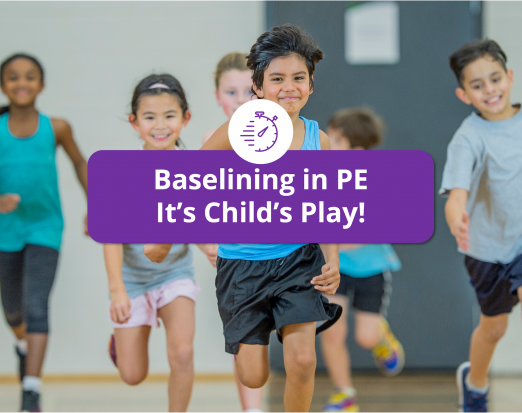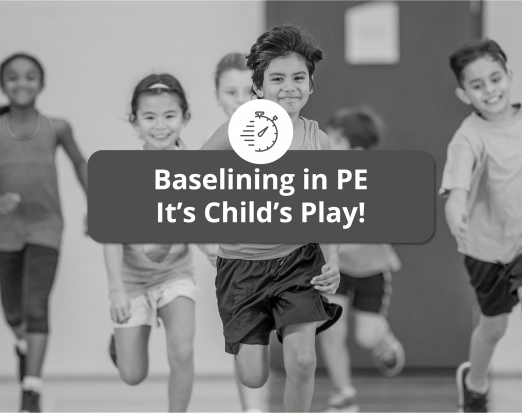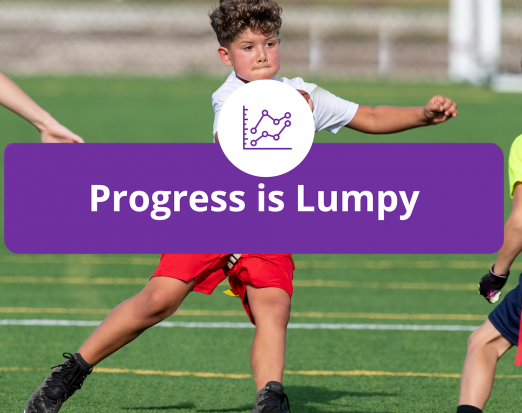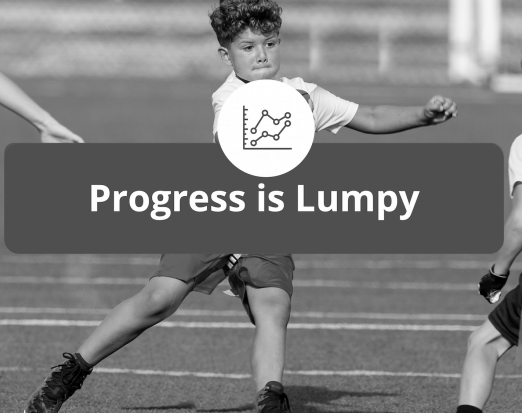Teaching Batting Skills - 5 Ways to Improve Skills Development
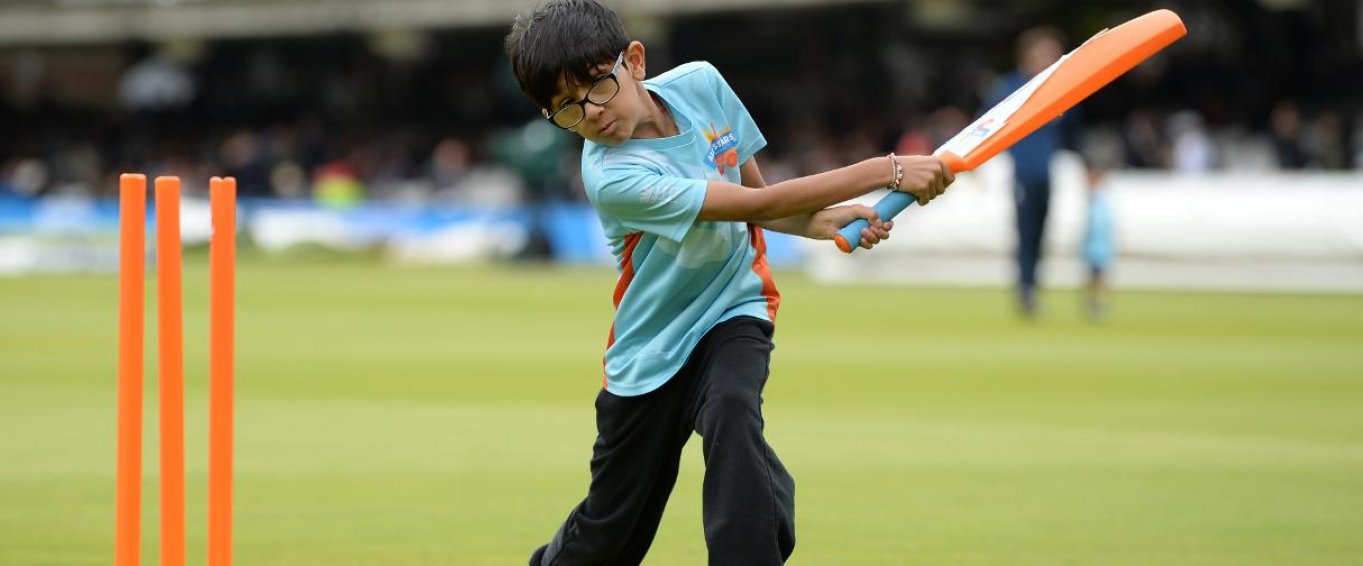
To get more children playing sports at school, it's well past time we flipped the script on physical activity, physical expression and competitive games. We're serious. It's time to stop treating school sports as a testing ground. Instead of exposing children to different sports to see if they have natural talent, let's make enjoyment our priority.
Cricket is an example of a sport that is rarely played with skill at primary level - it takes time for batting, throwing and catching abilities to become fully developed. Yet, it's also a raucously exciting game that many pupils are missing out on because curriculums, even in PE, are increasingly focused on fast results.
The truth is cricket can be a tricky sport for younger children to master. Yet, every minute spent bowling and fielding is time spent being active, increasing muscle strength, improving cardiovascular fitness and developing movement skills. So, don't be afraid to dig out the wickets. The more you play, the more physically literate pupils will become. Who knows, you might put a future star on the track to success one day!
Here are some low impact teaching techniques to help primary age children understand and enjoy bat and ball sports:
1. Pause, Breathe...Find Your Balance
Whether bowling, batting or fielding, balance is a fundamental skill. Remind your pupils to pause, breathe and think about their body's position in the moments before making a catch or striking a ball. Even when a fast reaction is needed, taking a split second to stop, balance and brace can make a big difference.
Top Tip: For batters, the optimal body formation is with the head in a neutral position. It should be slightly forward, just over the front foot. This position is perfect for reading the ball's line and length. Make sure the eyes are always facing forwards.
2. Relax Your Muscles
It may sound counterintuitive but studies show relaxed muscles are better prepared for those big sporting moments. Cricket requires alignment and rhythm, attributes that are hard to achieve with a tight, tensed up body. It's all about adapting quickly to changing circumstances. Encourage your pupils to relax into their role by using deep breathing and visualisation techniques to imagine their bodies as uncoiling slinkys.
Top Tip: It's natural for inexperienced players to tense up as a ball approaches. This is something which improves with practice. Use 'non-stop' batting, catching and throwing drills to help pupils get accustomed to making contact with the ball without placing undue pressure on them to perform.
3. Get the Basics Right
The chances are, you're not going to discover the next Babe Ruth at primary school. However, teaching the fundamental movements of a sport like cricket - running, catching, throwing, jumping, bending, twisting, etc. - is worthwhile because they're common to almost every type of physical activity and many everyday tasks. Don't forget, every great sporting moment in history was made possible because the athlete or player understood the basics of their sport.
Top Tip: Don't hesitate to adapt any part of a cricket game to fit your pupils' needs. If they're having fun, being physically active and learning how to move their bodies in functional ways, they're progressing. Bend the rules, break the rules, create your own rules to keep children engaged with learning those fundamental movements.
4. Play It Straight Down the Line
Being able to bowl or bat a ball straight back down the line, in the direction it came from, is a really useful skill for cricket players. It can be difficult to master so children may find it challenging. It's still a useful teaching strategy, however, because it encourages players to consider direction as part of their strikes. Try using overarm throws to hit a target further down the field.
Top Tip: Ask pupils to experiment with different stances and body positions (always keeping the head neutral). Are throws more accurate when standing side on? Can they generate more power by twisting their torso, starting the throw from behind and arcing forward? Have fun with it. The goal is progression, not perfection.
5. Make Sure Practice Is ALWAYS Fun
First and foremost, sports lessons must be fun. At primary age, children are encountering physical activities for the first time and their ability to enjoy them will determine whether they go on to pursue sports and lead active lifestyles in the future. This is why perfection isn't a priority at this stage. It's more important for pupils to be exposed to basic sports skills like batting and fielding in an engaging, exciting manner. Perfection comes later. For now, enjoy using movement to bash, race, lob, leap and charge.
Top Tip: Where possible, PE teachers should take time to discuss pupils' views on sports lessons. Make sure children know, if they enjoy playing a sport, they might be able to join an after school club or a local team. Encourage particularly passionate children to do their own research. What sports opportunities are available in their area?
